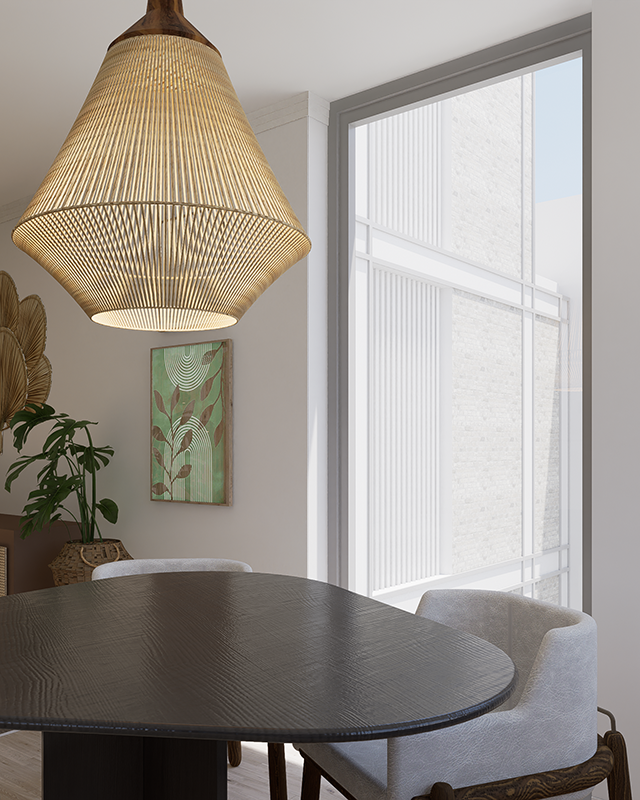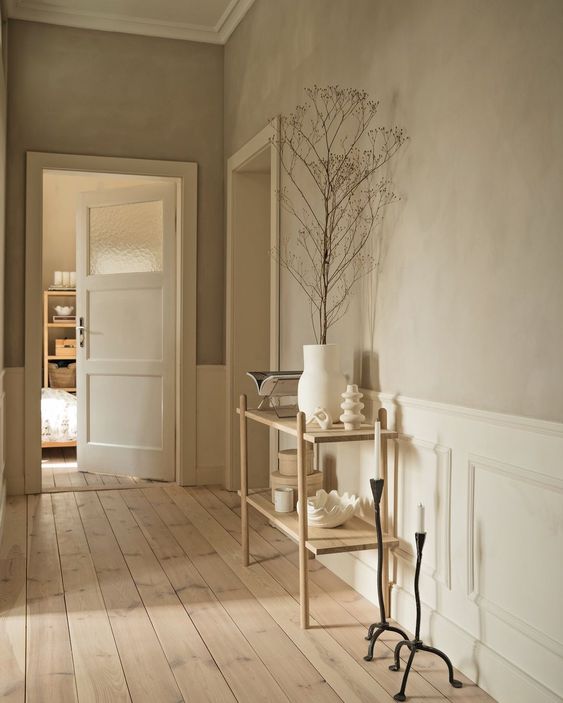Share of Global CO2 Emissions by Sector
Rising emissions in the buildings and construction sector emphasise the urgent need for a triple strategy to aggressively reduce energy demand in the built environment, decarbonise the power sector and implement materials strategies that reduce lifecycle carbon emissions.
In response to climate emergency change, multiple governments have stated the cease of greenhouse gas emissions by 2050. Scotland’s keen commitment is set for 2045 while the UK has set its target for 2050.
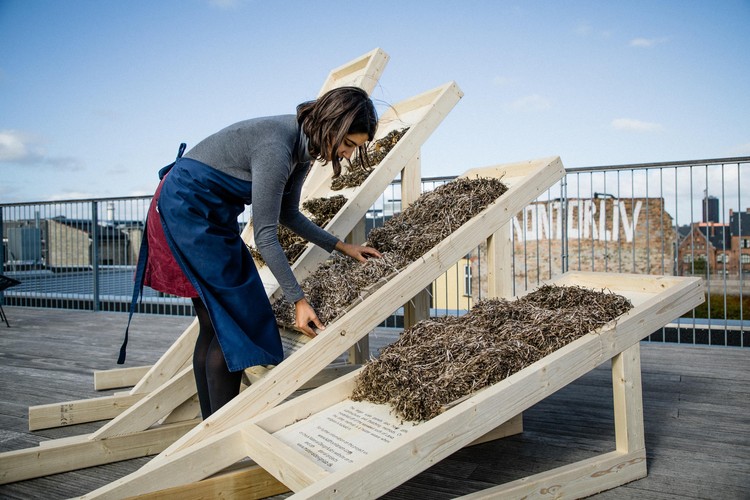
Are you looking for a sustainable insulation material that is not only energy-efficient but also environmentally friendly? Look no further! There are several green alternatives to traditional insulation materials that you can choose from, and we’re here to help you make the right choice.
In this blog post, we present four quizzes to help you identify the best sustainable insulation material for your needs. Each quiz will focus on a specific sustainable insulation material, and at the end, you’ll get an informative answer elaborating on the correct choice.
Let’s get started!
UK houses contribute as much as 15% to domestic emissions by burning excessive amounts of gas to heat semi or uninsulated spaces, highly ineffective and wasteful. In order to use heat spaces efficiently, the critical area is insulation standard and airtightness.
The majority of old housing stock suffers from lamentable airtightness and poor insulation in the buildings’ envelope.
What seems to be the most rapid and realistic action is to insulate homes so that solar panels can cover the annual energy demand.
The unprecedented speed of change will have to see a million houses a year to be upgraded to achieve carbon neutrality by 2050. This is almost 4000 homes every working day.
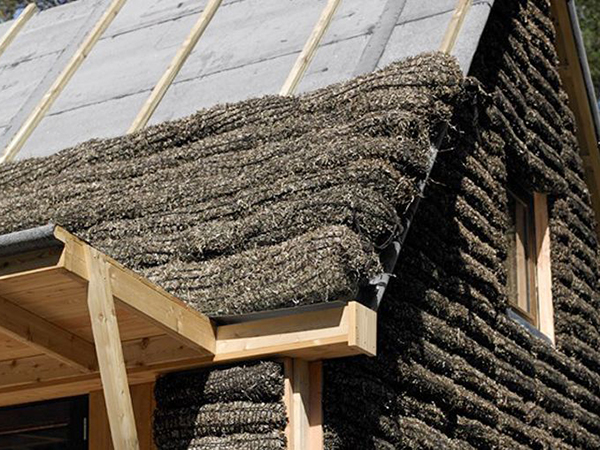
Seagrass (Neptune grass)
Neptune grass found on the Baltic Sea seabed is manufactured into natural, fire-resistant, and thermally and acoustically efficient batts. Compared with other natural growable alternatives, this example of ethical insulation material does not compete for land or food production space – it comes from the sea. In the context of excessive CO2 content in our atmosphere, seaweed grows excessively in seas and oceans. This can be perceived as an opportunity for developing it into an array of building materials.
Seegrass Ostsee, in its current development it is presenting promising results in the context of thermal U-value of 0.148W/m2K in the proposed build-up and added embodied carbon values. Its fire resistance- although still in the process of testing, it promises outstanding results. The salt content in the seaweed fibers can be considered an element that will make the material non-combustible.
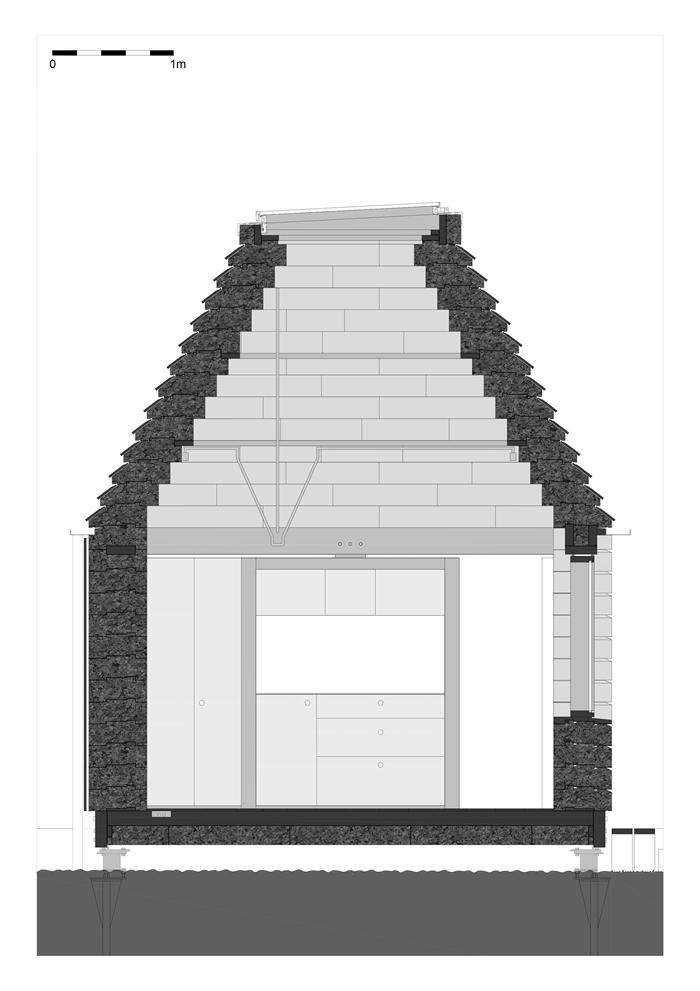
Completed in 2019, Cork House was designed by Matthew Barnett Howland with Dido Milne and Oliver Wilton.
Cork
Cork is a material that is present in our hands each time we open a bottle of wine.
It comes from the cork oak, predominantly grown in Portugal, Spain, and along the Italian coast. It is an excellent thermal and acoustic insulator with damp proof qualities resistant to rot. It is a natural, ecological and recyclable product. It comes in the form of rigid expanded cork insulation boards with thicknesses range: 10mm- 140mm.
Using this product guarantees long-term overall performance as its thermal qualities do not decrease over time.
Cork offers acceptable thermal performance, and within 0.15W/m2K U- Value target but has incredible acoustic properties.
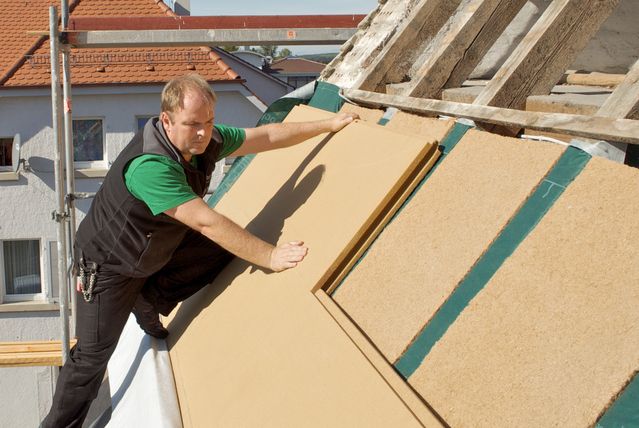
Wood Fibre
Pavatex Pavaflex is a batt insulation made from wood fibre.
It is made from wood so there is an array of advantages. The material is renewable, high-performing, safe and natural, as well as recyclable and biodegradable. It has some acoustic sound attenuation properties. Thank to its high density and friction, it is easy to install, and extra support is not required as the batts will not fall or deform. They can be cut to size without the byproduct of irritating fibers.
The boards are available in a wide range of thicknesses: 30mm- 240mm.
Woodfibre insulation with the use of 220mm boards achieves a great U-Value of 0.146W/m2K – it is very efficient.
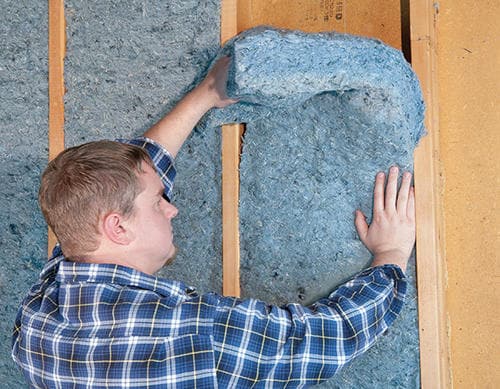
Recycled Denim Cotton
Inno-Therm®/Métisse® has 85% recycled denim cotton, used to produce rolls and batts as well as semi-rigid panels insulation that is recyclable, but more importantly, it is reducing landfill waste. It has excellent high thermal and sound absorption qualities. It’s safe and easy working with the materials and it is tearable for instant installation to size. It is treated for with anti-bacterial and fungicide solutions as well as very breathable. It has a tested and verified resistance to the growth of mould fungus.
Low embodied energy output is possible due to 70% lower energy consumption in the manufacturing process than other conventional insulation.
A very obvious benefit its that it can be manufactured worldwide- as clothing waste can be retrieved from landfills and used for the production of this insulation, mainly reducing landfill waste. It can be manufactured in the cities, providing work opportunities and
expanding the economy. When produced in close proximity to the developing construction sites, it can further reduce embodied carbon for minimising transport needs. Local communities could organise donations of old unused or damaged clothing and ethical insulation upgrade programs supported by local governments to be introduced for safe and efficient upgrade to the buildings in the local area.
With a U-Value of 0.129 W/m2K, it is the most thermally efficient insulation material on our list.
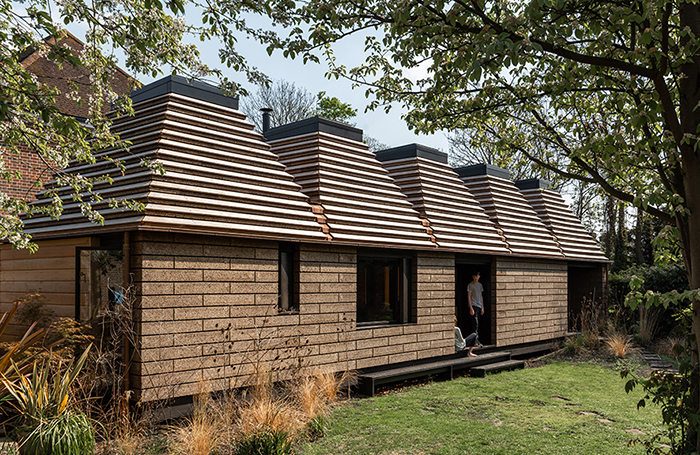
Exterior view of the Cork House. The building is constructed using prefabricated cork blocks and engineered timber, creating a biogenic structure that’s not only carbon negative at completion but also has a remarkably low whole-life carbon footprint. All the components used in the construction can be reused or recycled.
Conclusion
In terms of energy efficiency, all of these sustainable insulation materials offer great benefits. However, when it comes to thermal performance, recycled denim cotton (Innotherm) is the most efficient, as mentioned above.
It is also essential to consider how these insulation materials are produced. The manufacturing processes of sustainable insulation materials are typically less energy-intensive than those of traditional insulation materials, contributing to a more sustainable building industry.
In conclusion, choosing sustainable insulation materials is an effective way to reduce energy consumption, lower carbon emissions, and create a more comfortable and healthy living environment. By selecting materials like recycled denim cotton, cork, seaweed, and wood fibre, we can create sustainable and energy-efficient buildings while minimizing our impact on the environment.
Was this helpful?
Let us know!
Get in touch with us to chat about your sustainability goals for your project. We hope to raise awareness about green and sustainable alternatives in the design and construction for both new and existing architecture.

